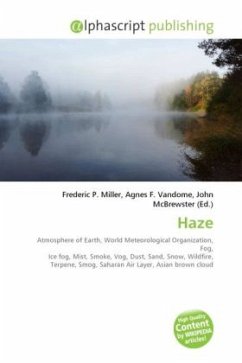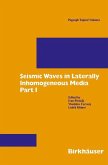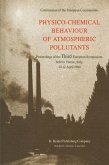Haze is traditionally an atmospheric phenomenon where dust, smoke and other dry particles obscure the clarity of the sky. The WMO manual of codes includes a classification of horizontal obscuration into categories of fog, ice fog, steam fog, mist, haze, smoke, volcanic ash, dust, sand and snow. Sources for haze particles include farming (ploughing in dry weather), traffic, industry, and wildfires. Seen from afar (e.g. approaching airplane) and depending upon the direction of view with respect to the sun, haze may appear brownish or bluish, while mist tends to be bluish-grey. Whereas haze often is thought of as a phenomenon of dry air, mist formation is a phenomenon of humid air. However, haze particles may act as condensation nuclei for the subsequent formation of mist droplets; such forms of haze are known as "wet haze." In the United States and elsewhere, the term "haze" in meteorological literature generally is used to denote visibility-reducing aerosols of the wet type. Such aerosols commonly arise from complex chemical reactions that occur as sulfur dioxide gases emitted during combustion are converted into small droplets of sulfuric acid.
Bitte wählen Sie Ihr Anliegen aus.
Rechnungen
Retourenschein anfordern
Bestellstatus
Storno








